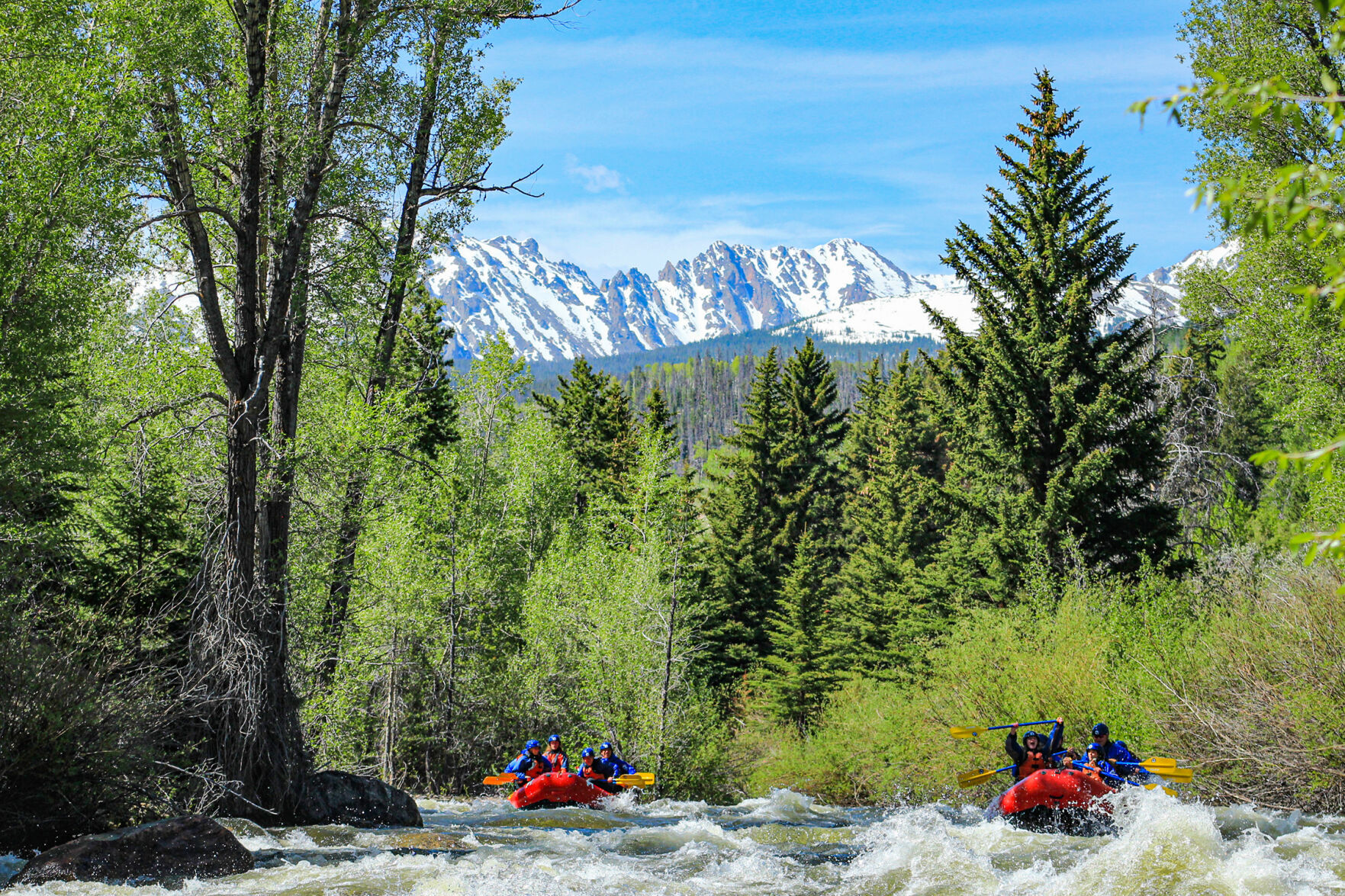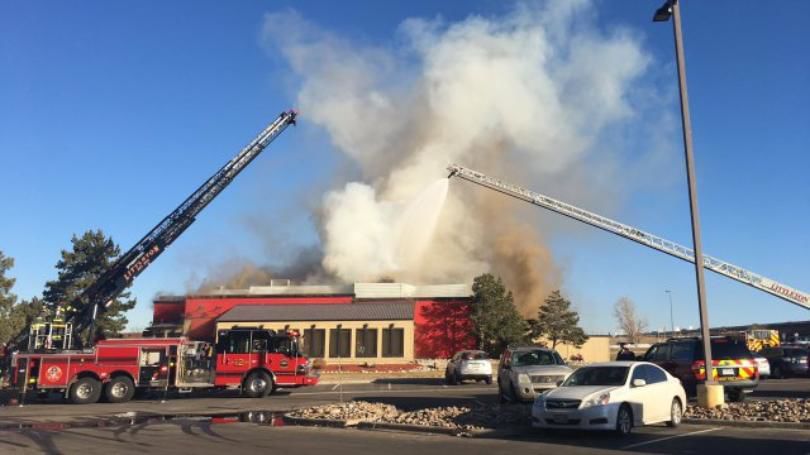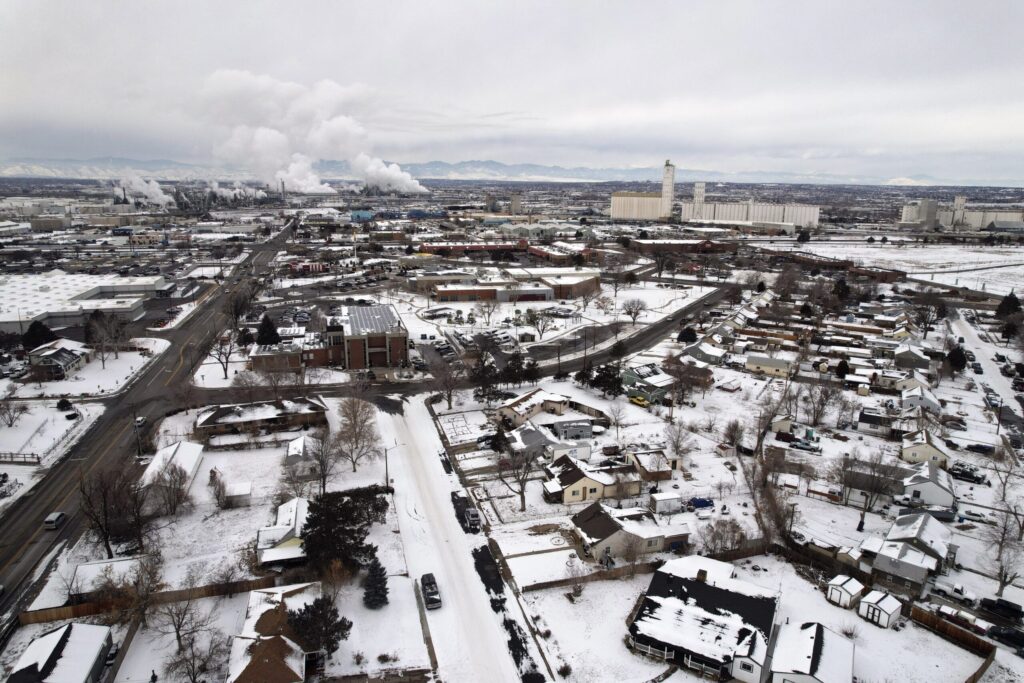Denver Water demand hits 54-year low thanks to June rain

When it rained … and rained … and rained … last month, Denver Water customers took the plunge.
June’s historic rainfall brought a historic drop in demand to levels not seen in 54 years, Denver Water announced Tuesday.
In all, 6.1 inches of rain fell in Denver in June, obliterating the 141-year-old record of 4.96 inches set in 1882. Consequently, Denver Water customers used only 5.6 billion gallons of water, the lowest June total since 1969, when demand was 5.1 billion gallons.
Average customer use for June was 8.9 billion gallons from 1970-2022, according to a report by Denver Water’s in-house journalist Jay Adams. That means usage last month was 37% below average for the month over the past 50-plus years.
And the numbers are even more significant given that Denver Water’s service area has added 540,000 people since 1969, Adams wrote. The state’s largest water provider currently serves 1.5 million people in Denver and surrounding suburbs.
“This is really a testament to our customers and how they value water today,” said Greg Fisher, manager of demand planning at Denver Water. “In the past, many people would simply turn on their sprinkler system in April and May and water their lawns regardless of the weather. What we’re seeing now is people are clearly paying attention to their irrigation systems and only watering when they need to – and that’s great to see.”
One might wonder what impact all that less water use – and accompanying less water-use revenue – might have on Denver Water, which was established in 1918 as a public agency funded by water rates and new tap fees and other revenue sources, but not taxes.
“Part of the monthly water bill includes a fixed charge to help cover our basic maintenance and operational needs,” said Tom Hartman, who assists Denver Water with media relations. “So while the dramatic drop in June water use means our customers can have smaller monthly water bills by turning off their sprinkler systems, we have carefully structured our rates to account for variability in water use, including big periods of wet weather.”
June by any measure was an uncommon weather month. It rained at unusual times of day, it rained for longer durations, it rained harder than normal and it often produced larger-than-normal hail.
On June 22, a large hailstorm pummeled Louis Tomlinson concertgoers at Red Rocks, sending seven people to the hospital and 100 more for treatment. Another hailstorm pounded northwest Denver on June 29.

Denver Water collects water from the snow and rain that falls in the mountains and foothills west of Denver. Snow provides the majority of the water when it melts in the spring, then flows into rivers and streams that feed the utility’s reservoirs.
A good winter snowpack, wet spring weather and comparatively low demand for water allowed Denver Water to fill all of its major reservoirs in June.
Cheesman and Dillon reservoirs reached capacity June 15 and 19, respectively. Dillon is Denver Water’s largest body of water with a storage capacity of more than 257,000 acre feet. The utility’s other large reservoirs, including Antero, Eleven Mile and Williams Fork, also are full. Chatfield Reservoir hit a new milestone by reaching a new, higher “full pool.”
On Thursday, a U.S. Drought Monitor report showed that Colorado is free of ‘abnormal dryness’ – a tier of dryness below official drought – for the first time in 1,452 days.
Outdoor irrigation accounts for roughly 40% of Denver Water’s overall water use. So when customers dial back their sprinklers, that reduces the need to use water captured and stored in mountain reservoirs, Fisher said.
After Dillon Reservoir reached its capacity, for example, all the water coming down from melting snow in the mountains was allowed to continue moving downstream, which led to river flows high enough on the Blue River to allow the first significant commercial rafting season since 2019.














